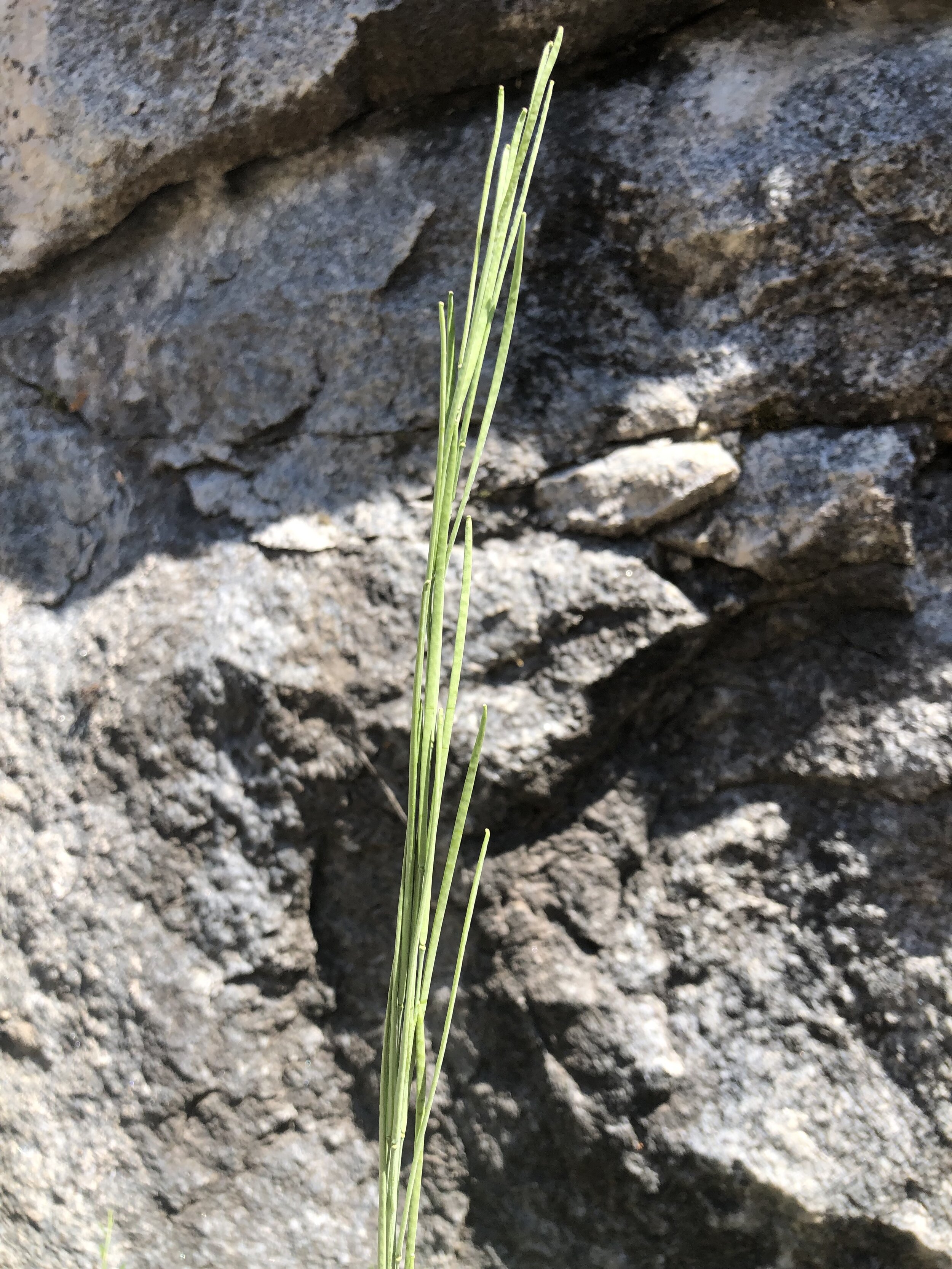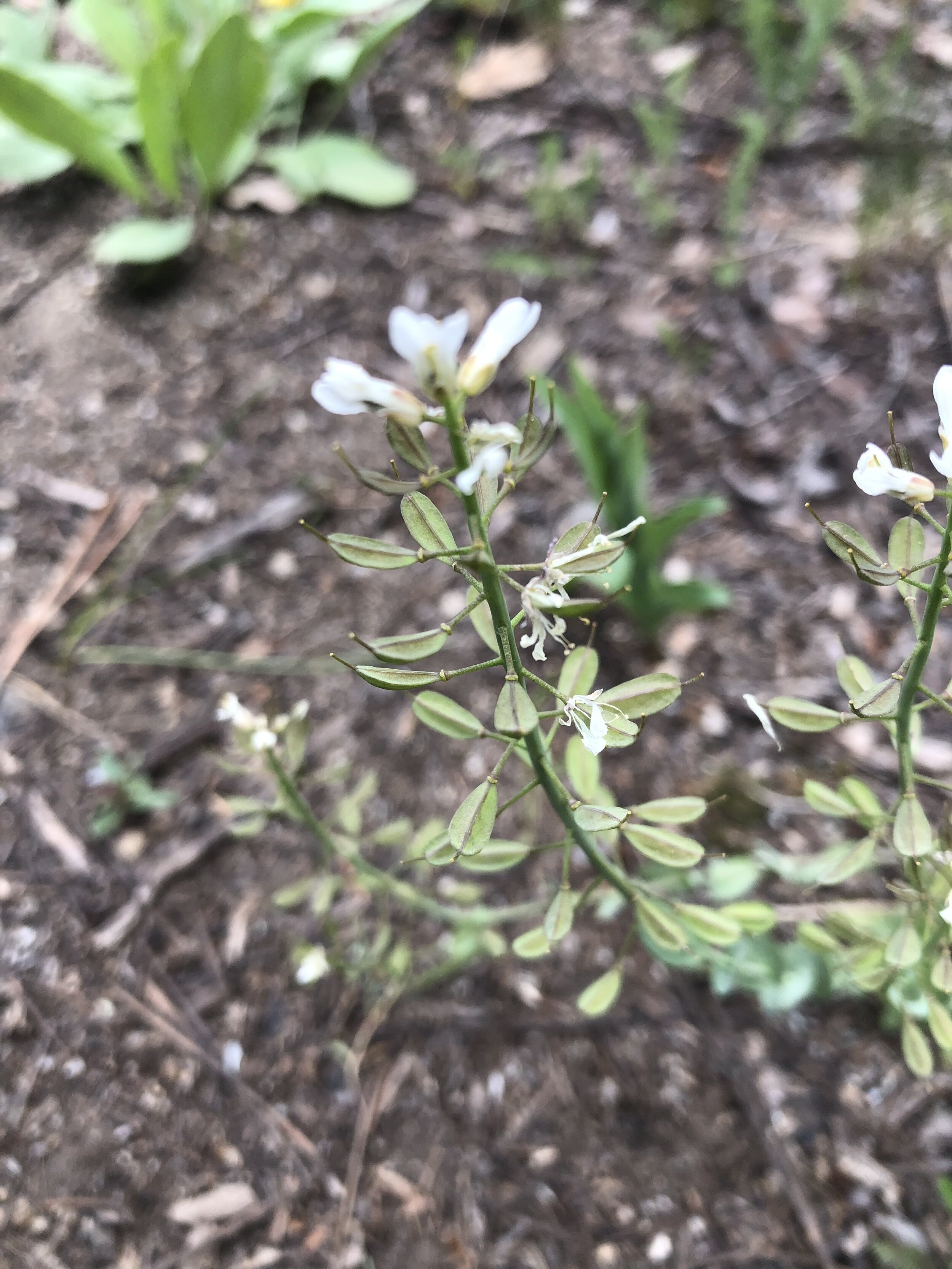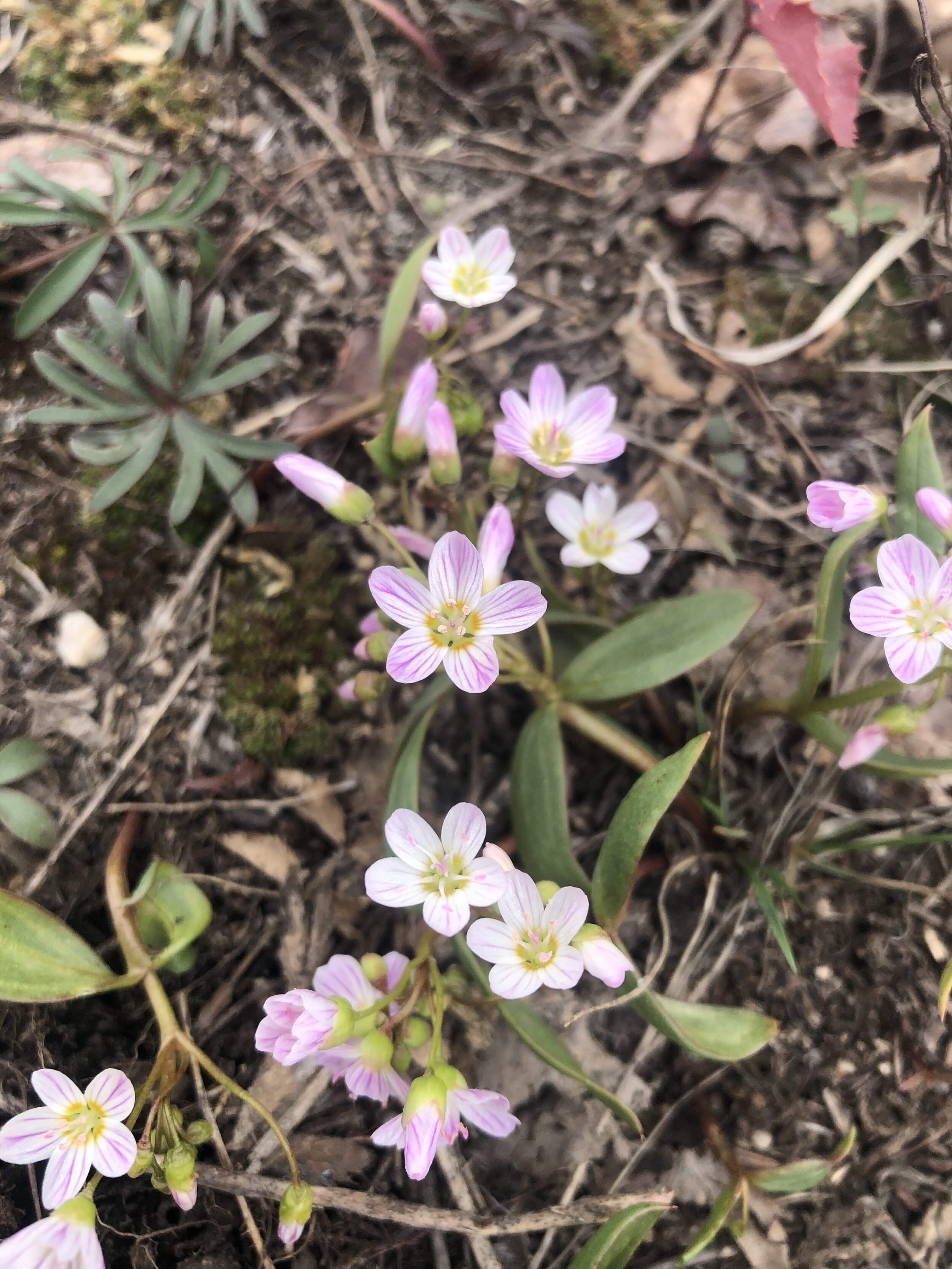Fragaria virginiana, May 24, 2021
F. virginiana, in fruit, July 15, 2021
Common & scientific name
Virginia strawberry, Fragaria virginiana
Family
Rose, Rosaceae
Location
Roadside, 8,400’
Fun, weird, helpful, or little known fact
This wild strawberry concentrates all the flavor of the much larger store-bought version into a tiny berry to produce an intense tasting experience. Indeed, it was this species that was originally crossed with F. chiloensis to create the strawberries you buy at the store today. Wild strawberries will likely be found in early July in 2021—early!































